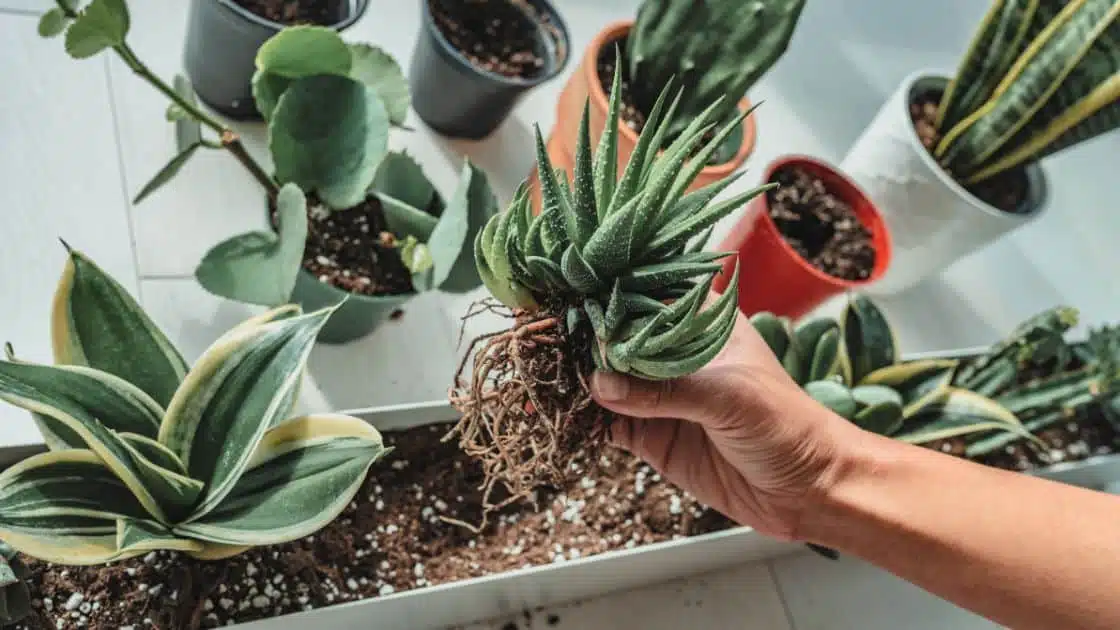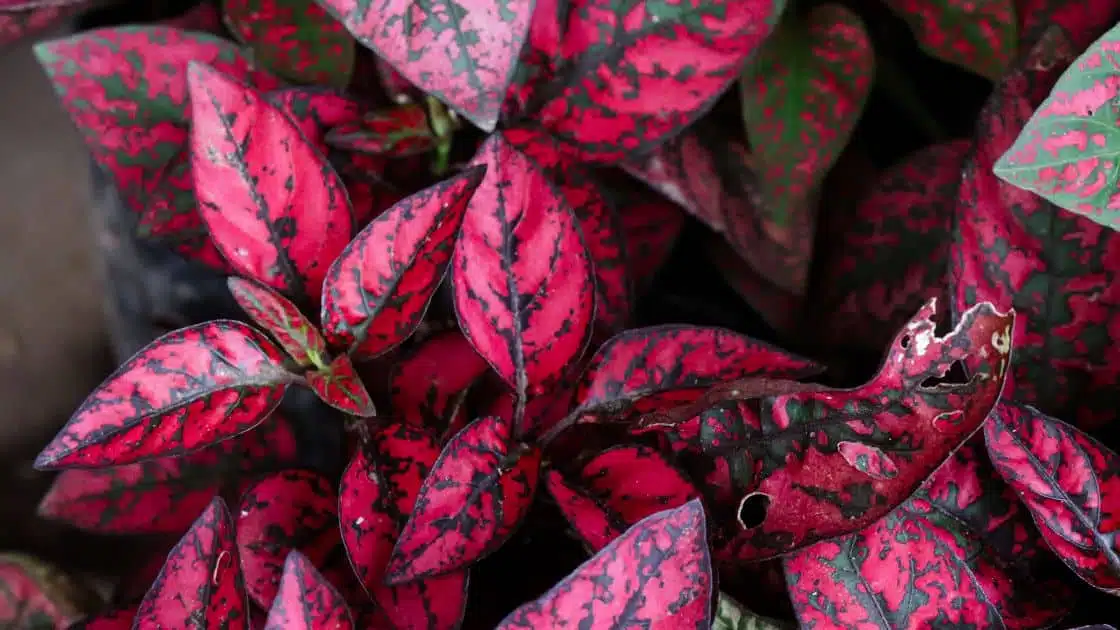Snake plants, also known as Sansevieria, are popular houseplants known for their attractive foliage and low-maintenance care requirements. If you’re looking for a plant that can thrive in various conditions and add a touch of green to your indoor space, snake plants are an excellent choice. In this guide, we’ll discuss the essentials of snake plant care, from selecting the right variety to troubleshooting common issues.
Snake Plant Varieties and Selection
When it comes to snake plants, you’ll find a wide range of varieties to choose from. Some popular options include the Sansevieria trifasciata, Sansevieria cylindrica, and Sansevieria laurentii. Each variety has its unique characteristics, such as leaf shape, color, and height.
It’s important to consider the growth habits and size of the snake plant variety you choose. For smaller spaces, compact varieties like the Sansevieria moonshine or Sansevieria hahnii can be ideal. On the other hand, if you have more room to spare, taller varieties like the Sansevieria bacularis or Sansevieria zeylanica can create an impressive focal point.
Snake Plant Care: A Guide to Growing
1. Lighting Requirements
One of the reasons snake plants are so popular is their ability to tolerate a wide range of lighting conditions. They can thrive in low light conditions, making them suitable for offices and rooms with limited natural light. However, snake plants also tolerate bright, indirect light. Placing them near a north-facing window or a few feet away from an east or west-facing window is ideal.
2. Watering
Snake plants are drought-tolerant by nature, making them a perfect choice for forgetful or busy plant owners. They prefer to have their soil dry out between waterings, so it’s best to adopt a “less is more” approach when it comes to watering. Overwatering can lead to root rot and other issues.
A good rule of thumb is to water your snake plant thoroughly once every two to three weeks during the growing season. Reduce watering frequency during winter months when the plant’s growth slows down. It’s always a good idea to check the top inch of the soil before watering again. If it feels dry, it’s time to give your snake plant a drink.
3. Soil and Potting
Snake plants prefer well-draining soil to prevent waterlogged roots. A mix of regular potting soil and succulent or cactus mix provides good drainage. You can also add some perlite or coarse sand to the mix to improve aeration.
When potting or repotting your snake plant, choose a pot with drainage holes to allow excess water to escape. Avoid pots that are too large, as snake plants prefer slightly tight quarters. Repotting every two to three years is typically sufficient.
4. Temperature and Humidity
Snake plants thrive in average room temperatures, ranging from 60 to 85 degrees Fahrenheit (15 to 29 degrees Celsius). They can tolerate slightly cooler temperatures but should be protected from frost. Avoid placing them near drafty windows or heating vents, as extreme temperature fluctuations can stress the plant.
In terms of humidity, snake plants can tolerate a wide range, making them suitable for both dry and humid environments. Regular household humidity levels are typically sufficient.
5. Fertilizing
Snake plants have low fertilizer requirements and can thrive without regular feeding. However, if you want to give your plant a boost, you can apply a balanced houseplant fertilizer diluted to half-strength once or twice during the growing season. Avoid over-fertilizing, as it can lead to burned roots and other issues.
Read more:
6. Common Pests and Diseases
Snake plants are generally resistant to pests and diseases. However, they can occasionally attract mealybugs or spider mites. Inspect your plant regularly, paying close attention to the undersides of leaves and the base of the plant. If you notice any signs of infestation, treat it promptly with an insecticidal soap or neem oil solution.
7. Propagation
If you want to expand your snake plant collection or share the joy with fellow plant enthusiasts, propagation is a simple and rewarding process. Snake plants can be propagated through division or leaf cuttings. Division involves separating the plant’s clumps into smaller sections, each with its own healthy root system. Leaf cuttings, on the other hand, require a leaf section with a portion of the rhizome attached.
Both methods have a high success rate, and you can expect new growth within a few weeks to a couple of months, depending on the method used.
Conclusion
With their unique foliage and easy care requirements, snake plants are an excellent choice for both seasoned and novice plant lovers. From selecting the right variety to providing the ideal lighting, watering, and temperature conditions, this guide has provided you with the essential knowledge to successfully care for your snake plants. Whether you’re looking to add a touch of greenery to your living space or improve your indoor air quality, snake plants are a versatile and beautiful addition to any home or office.





